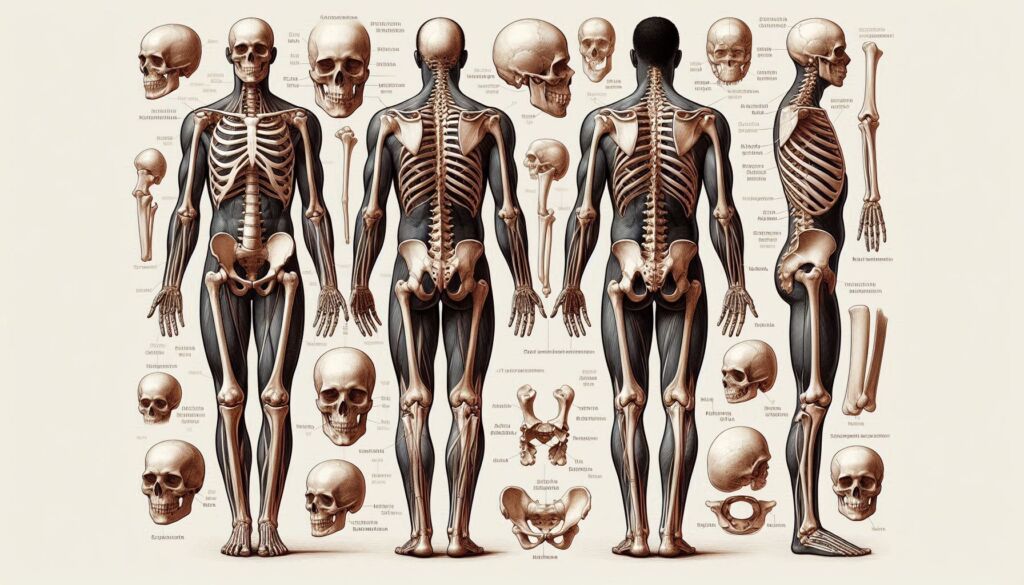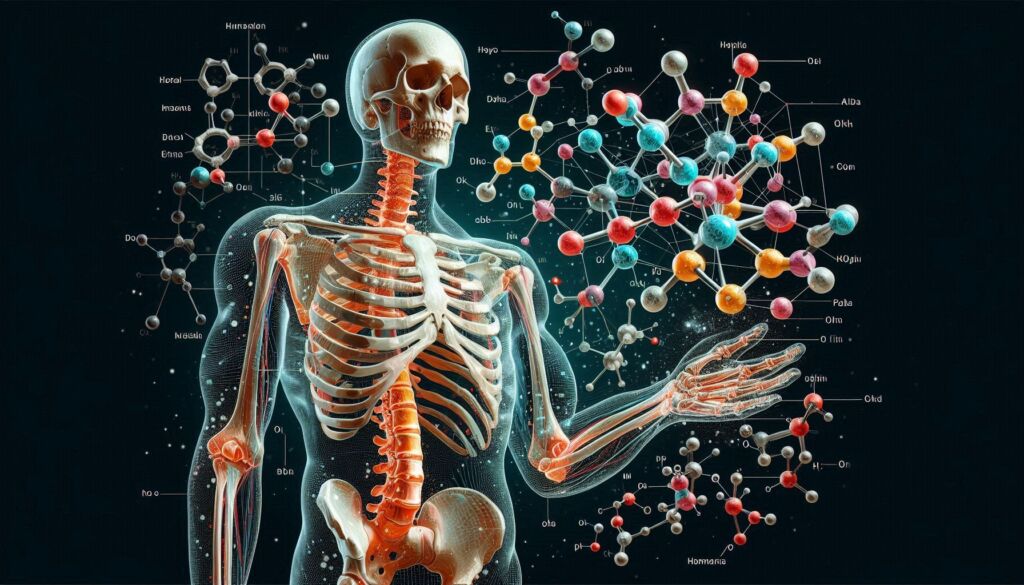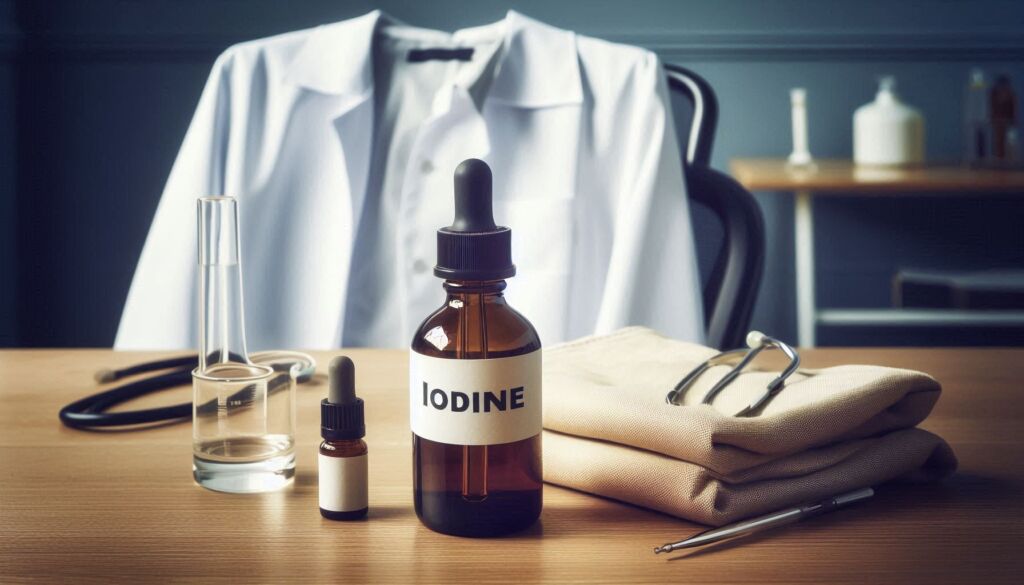
A new report has revealed “decades of decline” across several nutrients needed for healthy bone ageing. Shockingly, calcium levels have fallen by 20% in the UK in just twenty years, which has started the clock ticking on a bone health time bomb.
These days, most people are aware that calcium is important for strong bones and teeth. But according to a newly published research review[1] and a report – Decades Of Decline Health And Wellbeing Impacts Of Falling Nutrient Intakes – both from the Health and Food Supplements Information Service, which analysed dietary trends in the UK from 1997, as well as the latest real-world research on Brits’ eating patterns and nutrient intakes, our calcium intake levels have fallen by a shocking 20% over the past 20 years.
“These decades of declining calcium and other key bone health nutrient intakes signal a ticking time bomb for the nation’s bone health in particular. However, coupled with this is the fact that most of the nation is missing out on other vital nutrients such as iron, vitamin D and Zinc – all vital for our health and wellness.
“This is why we need to get much savvier when it comes to ensuring our diets are rich in vitamins and minerals, and with so many of us unable to consume the government-recommended target of five fruits and vegetables a day, we all need to plug the nutrition gaps with a daily multivitamin and multimineral supplement which includes vitamin D,” says HSIS report co-author, Dr Pamela Mason.
In fact, the report shows that our diets have become less healthy overall. That’s despite our easier access to information on the importance of a healthy diet, apps, trackers, and other tools to help us achieve optimal intakes of nutrients that underpin good bone health and health in general.

Starting with the best-known bone health nutrients, nearly one in seven working-age adults (aged 19 to 64 years) and 15% of 11- to 18-year-olds now have calcium intakes below the Lower Reference Nutrient Intake—the minimum needed to prevent deficiency.
Among girls aged 11 to 18, this rises to one in five (20%), and in women aged 19 to 64, the number has climbed steadily from 6% to 11%.
Iodine may be a less obvious candidate for good bone health. However, as Dr Pamela Mason points out, “Iodine is crucial for the development of healthy bones, in addition to being important for thyroid function, immune health, and the central nervous system of the developing foetus.”

So, it’s worrying that iodine intakes for all ages have fallen by 5% over the past 20 years. Looking specifically at girls, the most recent UK survey shows that the percentage of teenagers not achieving the minimum iodine recommendation has climbed from 19% to 28% since 2009.
Magnesium is involved in more than 300 enzyme systems throughout the body. However, many people may be unaware of its role in bone development.
Despite magnesium’s far-reaching role in healthy body function, the latest survey data shows that 40% of 11—to 18-year-olds, 12% of 19—to 64-year-olds, and 13% of those aged 65 and over are risking deficiency.

These shortfalls may be in part due to Brits’ patchy knowledge of nutrients for skeletal health, revealed in the real-world research conducted on behalf of HSIS. While almost two-thirds (64%) say that calcium supports bones, only 30% know that vitamin D is important, and just 16% are aware of the role of magnesium in bone health.
Public health nutritionist and HSIS report co-author Dr Emma Derbyshire notes, “This highlights one of the biggest issues with patchy diets. So many of the nutrients we need work in synergy. Yes, of course, calcium is essential for strong bones, but bone formation also requires magnesium, phosphorus, vitamin D, potassium, and fluoride.
“And there are other vitamins and minerals which are needed for metabolic processes related to bone, including manganese, copper, boron, iron, zinc, vitamin A, vitamin K, vitamin C, and the B vitamins.”[2]
Vitamin D status has indeed slipped since 2008. Overall, one in five people in the UK is deficient in this key bone health nutrient, with much more serious shortfalls in some demographics.
Despite advice from the Scientific Advisory Committee on Nutrition (SACN) to take supplementary vitamin
D[3], two in five (39%) girls and 15% of boys aged 11 to 18 are clinically deficient. In working-age adults, 19% of women and 16% of men are deficient, and 13% of over-65s also fall short of the threshold for good health.

Additionally, vitamin A intakes have declined steadily since 2008, with falls of:
- 21% in children
- 23% in teens
- 13% in working-age adults, and
- 29% in over-65s.
As a result, the most recent UK survey shows that 10% of adults aged 19 to 64, and almost one in five (18%) 11 to 18-year-olds now have inadequate intakes. When it comes to potassium, 37% of females are risking deficiency, up from 32% in the 2009 survey.
Iron intakes have fallen by more than 10% over the past 27 years and, as a result, half (49%) of girls and young women aged 11 to 18 and a quarter of women aged 19 to 64 years are now falling short.
In some age groups, zinc intakes have also fallen, with almost one in five (18%) 11 to 18-year-olds now failing to achieve minimum requirements, up two percentage points since 2009. This reverses an earlier trend which saw an improvement in intakes between 1997 and 2008.
These shortfalls are particularly worrying because osteoporosis becomes increasingly common as we get older, and the UK has some of the highest rates of brittle bone condition in Europe. One in two women and one in five men over the age of 50 will suffer an osteoporotic fracture, which could probably have been prevented.[4]

Dr Emma Derbyshire says, “It’s estimated that healthcare costs for hip fractures alone are £5 million a day. That figure will only rise as the population ages.
“To put it another way, women over the age of 45 will spend more days in hospital due to osteoporosis than they will for diabetes, heart attacks or breast cancer, and every month 1,150 people die following a hip fracture.”
Dr Pamela Mason continues, “Risk reduction begins in childhood, adolescence and the early twenties when we build up a bank of bone, and this requires good intakes of calcium, vitamin D, protein and magnesium. We also know that a diet that is deficient in bone-building nutrients, particularly between the ages of 10 and 18, can result in lower peak bone mass.” [5],[6]
“In an ideal world, people should be able to get all the nutrients they need from their diet. However, the world is far from ideal, and these nutrient deficit data certainly give us cause for concern. So, to stop the clock on this bone health ticking time bomb, a growing number of people would benefit from supplements to bridge the shortfall and protect their bone health,” concludes Dr Emma Derbyshire.
References:
[1] Mason P, Aslam N & Jenkins G. British Dietary Habits and Declining Nutrient Intakes; Food & Nutrition Journal. 17/9/2024 Decades Of Decline. HSIS Report: Health And Wellbeing Impacts Of Falling Nutrient Intakes – New Research From The Health And Food Supplements Information Service Reveals Decades Of Dietary Declines And Why It’s Bad News For All Brits Whatever Age. Edition One; Autumn 2024
[2] https://pubmed.ncbi.nlm.nih.gov/17092827/
[6] https://www.ncbi.nlm.nih.gov/pmc/articles/PMC8313472/
![]()




You must be logged in to post a comment.